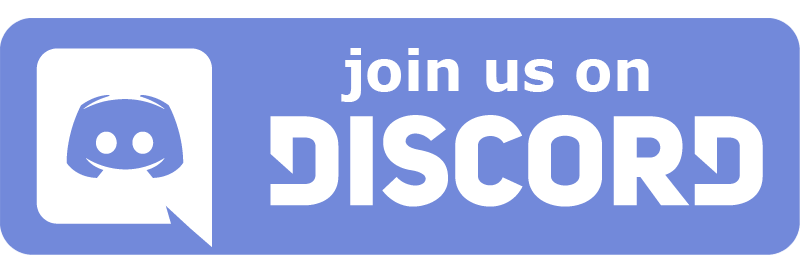In the aftermath of a virtual education event, where students toured a 3D world of their work and the fashion tech projects of students in other schools, I asked my co-instructor what they thought about curriculum and what it meant specifically to them. We had worked together for several years and this was a good opportunity to state our current educational philosophies, which invariably and continuously evolve. I had an opportunity to record her thoughts on video and will summarize the discussion here. Additionally, I referenced her published works from year’s prior, in order to gain perspective on her changing definition of “curriculum”.
Interviewee and Discussion Context Introduction
Twila Busby, my co-instructor, has more than 20 years experience in education, where she has been an advocate and trainer for Project Based Learning. Most recently she has been the Director of Curriculum and Instruction at Shenzhen American International School (SAIS), in Shenzhen, China, which is the only wall to wall PBL school in Shenzhen. While SAIS had one of the first dedicated school makerspaces, Busby promoted the idea that every classroom should be a makerspace, where academics support creativity and students bring their ideas into the physical world.
The projects we had just toured focused around students advocating for causes they had selected by creating wearable outfits with electronic features, guided by a program called MakeFashion Edu. An example project included a student-created red LED suit that had one light for each student that died as a result of gun violence in the years that their gun violence report investigated. We had brought students on a virtual tour of photographs of these projects, placed into a 3D video game world called Mozilla Hubs.
Thoughts on Curriculum
Busby, when asked about her current thoughts on curriculum and its meaning, jumped to examples from MakeFashion Edu. She invariably pulled the conversation away from what I, as an interviewer, wanted to be contextualized as “curriculum” and towards the motivations of the students participating in the project. I would have chosen to discuss the research and statistics used by the student who created the gun violence advocacy project, and how those skills tied back to subject specific learning. Instead, Busby put those traditional perceptions in the background when she said something very similar to her 2019 comments in an education documentary, “MakeFashion Edu gave me an opportunity to focus, because we knew it was going to be for a runway, it was going to be something that you wore … people get excited about it and just understand what it is.” (Busby, 2019). Busby went on to cite her District Supervisor for his claims that the projects allowed for students to learn through problem solving and think outside of the box, and that any school would appreciate the strong STEM implementation.
When pressed on the definition of curriculum, Busby responded that, “…there are many types of curriculum, what do we need to talk about as teachers? Science standards, math, reading, my kids are hitting all of those points and we don’t need to talk about if evaporation or condensation is more important, we need to talk about how the kids are learning…” (Busby, 2021).
Conclusion
I believe that this is a common feeling among progressive education-minded teachers. In The SteamHead Design Immersion Curriculum, the authors wrote, “…curriculum is meant to teach students all the tools they need to be innovative creators.” (Shaw, et al. 2018). This sentiment avoids specific science or math standards and instead focuses on educational outcomes. I do believe that these educators could be asked, “What is the traditional meaning of curriculum?”, and they would respond with informed, but critical, answers.
Upon reflection, I can learn that definitions in the educational world change rapidly and that many teachers would highly prefer to focus on what is new rather than the history of education. As a researcher, I’ll consider this bias when forming my questions for future studies.
References
Busby, T. (2019). MakeFashion Edu Tucson Behind the Scenes Documentary. SteamHead Productions. Retrieved from https://youtube.com/SteamHeadProductions
Busby, T. (2021, February). Personal communication. UoPeople Interview.
Shaw, M.A., et al. (2018). The SteamHead Design Immersion Curriculum. SteamHead Productions. Retrieved from https://steamhead.space/design-immersion-curriculum/

